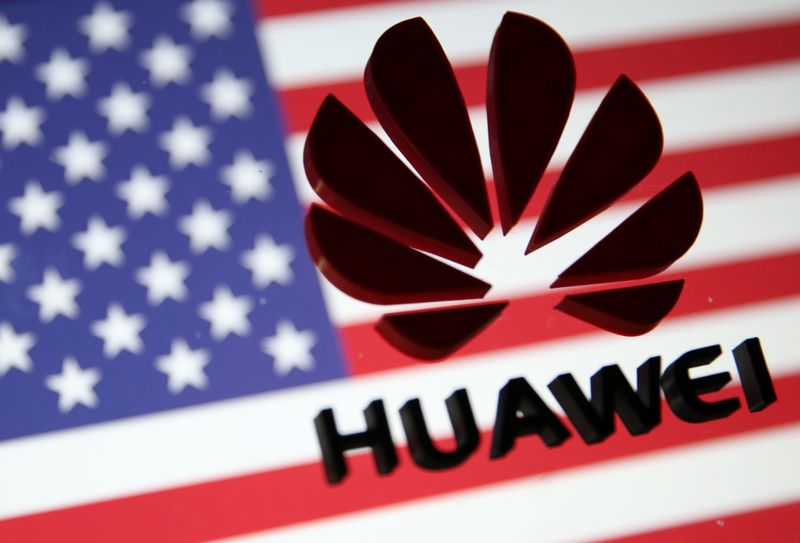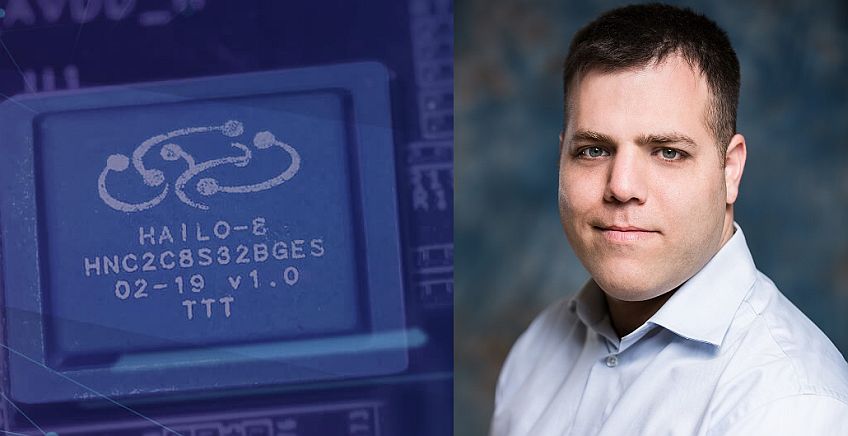A team of researchers from the University of Liverpool has recently made strides in the field of molecular electronics, which focuses on the use of molecules as building blocks for electronic devices, potentially paving the way for smaller, faster, and more energy-efficient electronics in the future. The researchers developed a new technique for precisely positioning molecules on surfaces, which is crucial for creating functional electronic devices using individual molecules as components. Their work has the potential to revolutionize the field of electronics and contribute to the development of innovative technologies that could transform industries such as healthcare, transportation, and communication.

This breakthrough could also lead to the creation of more sustainable electronics, as smaller and more energy-efficient devices consume fewer resources during production and use. The team’s findings were published in the journal Nature Communications, and their research could potentially lead to new technologies and partnerships with industry leaders in the electronics sector. Their work also opens up new possibilities for the development of molecular-scale sensors, which could have applications in fields such as environmental monitoring, food safety testing, and medical diagnostics. The team’s innovative approach to molecular electronics could also lead to advancements in quantum computing and information processing, which rely on the unique properties of individual molecules to perform complex calculations and store data. The team’s research could also have implications for the development of more efficient and sustainable energy storage technologies, as individual molecules could potentially be used to store and convert energy at a molecular scale.

Overall, the University of Liverpool’s research in molecular electronics has the potential to revolutionize multiple industries and pave the way for a more sustainable and technologically advanced future. It will be exciting to see how this breakthrough can impact the future of electronics and related industries, as researchers and industry leaders continue to build on this research and explore its many possible applications. As this technology advances and becomes more widely available, it could also lead to new opportunities for entrepreneurship and innovation, as new companies emerge to explore the many possible applications of molecular electronics.







